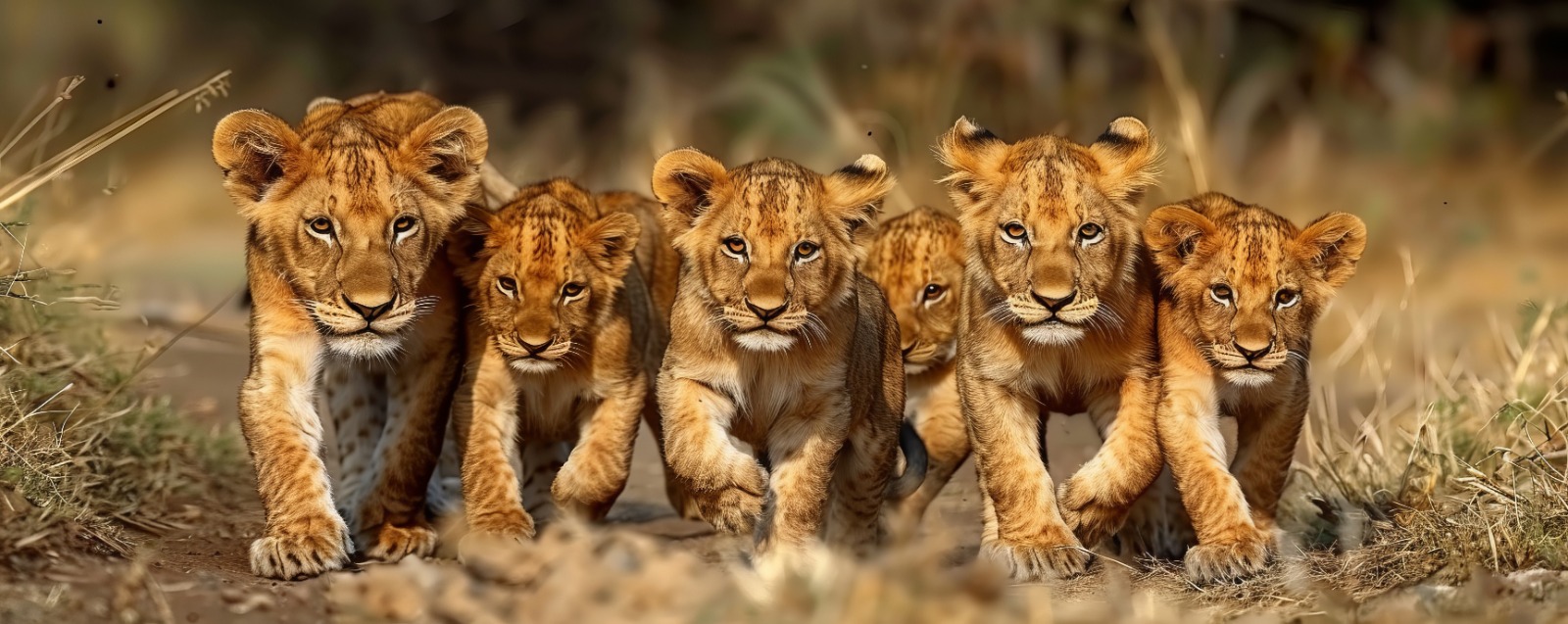Rajaji National Park, located at the foothills of the Himalayas in Uttarakhand, India, is a paradise for wildlife lovers, adventure seekers, and nature enthusiasts. Spread across 820 square kilometers, this park offers a diverse ecosystem with lush forests, rolling hills, and rich wildlife, including tigers, elephants, and leopards. Named after C. Rajagopalachari, India’s last Governor-General, the park is a hidden gem for those looking to explore India’s wilderness.
This blog will guide you through everything you need to know about Rajaji National Park, from its rich history to the best ways to explore its wildlife.
Table of Contents
- Introduction to Rajaji National Park
- Why Rajaji National Park is Famous
- Best Time to Visit Rajaji National Park
- How to Reach Rajaji National Park
- Safari in Rajaji National Park
- Flora and Fauna of Rajaji National Park
- Places to Visit Near Rajaji National Park
- Rajaji National Park Travel Tips
- Rajaji National Park FAQs
1. Introduction to Rajaji National Park
Rajaji National Park, established in 1983, spans the districts of Haridwar, Dehradun, and Pauri Garhwal. It serves as a sanctuary for several endangered species and offers an exceptional landscape of rivers, valleys, and dense forests. This park is part of the larger Shivalik ecosystem, known for its biological diversity and is also a crucial part of the Terai-Arc landscape, making it an important wildlife corridor.
2. Why Rajaji National Park is Famous
Rajaji National Park is famous for its remarkable population of Asian elephants, which can be seen roaming the grasslands and forests. Apart from elephants, the park is home to tigers, leopards, and the rare Himalayan black bear. With over 315 bird species, including the Great Pied Hornbill and the King Vulture, it is also a birder’s paradise.
The park’s pristine beauty, combined with its role in tiger conservation as part of the Project Tiger initiative, makes it a must-visit for wildlife enthusiasts.
3. Best Time to Visit Rajaji National Park
The ideal time to visit Rajaji National Park is from November to June. The park remains closed during the monsoon season (July to October) due to heavy rainfall.
- Winter (November to February): Cool and ideal for spotting wildlife.
- Summer (March to June): Best time to see elephants near water sources, though temperatures can rise.
4. How to Reach Rajaji National Park
Rajaji National Park is well-connected by road, rail, and air.
- By Air: The nearest airport is Jolly Grant Airport in Dehradun, approximately 35 km from the park.
- By Train: Haridwar Junction (20 km) is the closest major railway station.
- By Road: Regular buses and taxis are available from Haridwar, Dehradun, and Rishikesh to the park’s entry gates.
5. Safari in Rajaji National Park
Exploring Rajaji National Park through a jeep safari is the best way to experience its wildlife and landscapes. The park offers both morning and evening safaris, and you can expect to see a variety of animals, including elephants, spotted deer, sambars, and even the elusive tiger.
Safari Timings:
- Morning: 6:00 AM – 9:00 AM
- Evening: 3:00 PM – 6:00 PM
6. Flora and Fauna of Rajaji National Park
Rajaji National Park is rich in biodiversity, hosting over 300 bird species, 50 mammal species, and a variety of reptiles. The park’s flora includes:
- Sal Forests: Dominating the landscape with tall, deciduous trees.
- Grasslands: Perfect for elephant spotting.
- Riverine Vegetation: Along the Ganga and other rivers, adding to the park’s ecosystem.
Key Fauna:
- Mammals: Tigers, leopards, elephants, Himalayan black bears, and civets.
- Birds: Peafowls, Great Hornbills, and migratory species during winters.
7. Places to Visit Near Rajaji National Park
While exploring Rajaji National Park, you can also visit several nearby attractions:
- Haridwar: One of India’s holiest cities, located just 10 km from the park, known for the Ganga Aarti at Har Ki Pauri.
- Rishikesh: Famous for its yoga retreats and adventure sports like river rafting, only 25 km away.
- Dehradun: The capital city of Uttarakhand offers attractions like Robber’s Cave and Mindrolling Monastery.
8. Rajaji National Park Travel Tips
- Permits: You will need to obtain an entry permit for the safari, available at the park’s entrance.
- Clothing: Wear light, comfortable clothes and carry a hat and sunscreen for day safaris.
- Best Gate for Entry: Choose the Chilla Range or Motichur Range for the best chance of spotting elephants and tigers.
- Guide: Hiring a local guide is recommended to enhance your safari experience and increase chances of wildlife sightings.
9. Rajaji National Park FAQs
Q1: Is Rajaji National Park open throughout the year?
No, the park is open from November to June and remains closed during the monsoon.
Q2: What animals can I expect to see in Rajaji National Park?
You can spot elephants, tigers, leopards, deer, and a variety of bird species.
Q3: Are there accommodation options near the park?
Yes, there are numerous hotels and resorts around Haridwar, Rishikesh, and inside the park near Chilla.
Conclusion
Rajaji National Park offers an incredible opportunity to witness India’s wildlife and natural beauty up close. From thrilling safaris to serene landscapes, it’s a must-visit for nature enthusiasts. Whether you’re an avid birder, wildlife photographer, or just seeking an adventure in the wild, Rajaji will not disappoint.
For a seamless and hassle-free travel experience, book your Rajaji National Park safari with Go Squad Ride Tour and Travel, India’s best travel company. Offering customized packages, expert guides, and exceptional service, Go Squad Ride ensures your journey into the wild is unforgettable.


0 Comment